Valuing startups: both a challenge and an opportunity
Valuing a digital health startup is not like pricing a mature company. HealthTech, SportsTech, and WellnessTech startups often face:
- High initial costs (R&D, medical certifications, technological development).
- Negative or no revenues at the beginning, but with enormous scalability potential.
- A 5–10 year horizon to reach maturity or be acquired.
In this context, a healthtech venture studio like Goo Ventures combines capital, expertise, and technology to co-create startups and support them from ideation through internationalization.
But… How do you calculate the value of a telemedicine startup, a digital wellness app, or a sports wearable when it barely has users?
The answer lies in Private Equity valuation methods, which we illustrate with real examples.
Valuation methods applied to digital health startups
1. Comparables: “looking in the market mirror”
The comparables method looks for similar startups and applies market multiples.
📌 Example:
A Spanish telemedicine app with €200,000 in annual revenue.
- In Europe, HealthTech startups trade with EV/Revenue multiples of 5x to 7x (Source: Dealroom, Spanish Startup Ecosystem Report 2025, p. 68).
- Valuation = €200,000 × 6x ≈ €1.2M.
🔎 Problem: what if there are no direct comparables? Often, non-financial metrics are used: number of active users, patents, contracts with hospitals.
Valuation methods applied to digital health startups
1. Comparables: “looking in the market mirror”
The comparables method consists of finding similar startups (sector, size, business model) and using market multiples to estimate value.
In HealthTech, where many startups are not yet profitable, it’s common to use alternative metrics: recurring revenue (MRR), number of active users, hospital contracts, or even registered patents.
📌 HealthTech Example
A telemedicine app generates €200,000 per year.
Similar startups in Europe trade at 6 times their annual revenue.
👉 Estimated valuation: 200,000 × 6 = €1.2M.
💡 At Goo Ventures, we use this method in the early stages as a quick market benchmark, but we always contrast it with other methods to avoid overvaluation (as happened during certain digital startup bubbles).
2. Net Present Value (NPV): “the value of tomorrow in today’s dollars”
NPV discounts future cash flows at a risk-adjusted rate (WACC, or Weighted Average Cost of Capital).
📌 Example:
A telemedicine platform seeks investment. Its projections are:
- Initial investment: –€300,000
- Expected net revenues:
- Year 1: €50,000
- Year 2: €150,000
- Year 3: €250,000
- Year 4: €400,000
- Discount rate (WACC): 15%
➡️ Discounting to present value:
- Year 1: 50,000 / (1+0.15) = €43,478
- Year 2: 150,000 / (1+0.15)² = €113,188
- Year 3: 250,000 / (1+0.15)³ = €164,140
- Year 4: 400,000 / (1+0.15)⁴ = €228,500
Sum of PVs = €549,306
Now subtract the initial investment:
👉 NPV = €549,306 – €300,000 = +€249,306
Interpretation:
- If NPV is positive → the project creates value and is worth investing in.
- If NPV is negative → the startup destroys value; the strategy or business model should be reconsidered.
💡 At Goo Ventures, we apply NPV when a startup already has clear financial metrics and we can project realistic revenues (e.g., apps with signed contracts with hospitals or insurers).
3. Adjusted Present Value (APV): “when debt adds up”
APV is an evolution of NPV. It’s used when the startup is financed not only with equity but also with debt.
Why does it matter? Because taking a loan creates tax shields: interest payments are deductible before taxes, meaning the company pays less to the government. In practice, debt increases company value.
📌 Simplified HealthTech example:
A medical AI startup needs €1,000,000 to grow. It chooses:
- €500,000 from investors (equity)
- €500,000 from a loan (debt)
The bank charges 8% interest → €40,000 per year.
With a 30% corporate tax rate, the company saves €12,000 in taxes annually (40,000 × 30%).
The present value of these tax savings is around €60,000.
➡️ Suppose the startup’s pure NPV was €2,000,000.
➡️ With APV, we add the tax shield effect:
👉 APV = €2,000,000 + €60,000 = €2,060,000
Interpretation:
- NPV measures value as if financed only with equity.
- APV also adds the benefit of debt (tax shield).
In HealthTech, where soft loans for R&D or public innovation financing are available, APV is especially relevant.
💡 At Goo Ventures, we use APV for startups combining equity investment with innovation loans (e.g., ENISA grants or Horizon Europe). This allows us to fairly value the company with all its financial resources.
4. Venture Capital Method (VCM): investors’ favorite
This method is the most widely used in venture capital because it is quick and practical. It estimates how much the startup will be worth at the time of exit and discounts that value with a very high required return (40%–70%) to reflect the extreme risk of early-stage investment.
📌 Goo Ventures Example (realistic)
- An mHealth startup projects €2M in revenue and €400k in net profit in 5 years.
- Expected multiple: P/E ratio = 15x
- Exit value (Terminal Value) = 400k × 15 = €6M
- Target annual return: 50% for 5 years → (1+0.5)^5 = 7.6
👉 Present value = €6M / 7.6 ≈ €790k
If Goo Ventures invests €150k, it would need at least 19% equity.
💡 In practice, Goo Ventures usually seeks 30%–50% at the pre-seed stage to protect against future dilution.
5. Real Options: valuing flexibility
Many startup investments work like financial options: investing a small amount upfront (pilot phase) and keeping the right to invest more in later rounds only if the project succeeds.
This approach is especially relevant in sectors such as medical AI, where regulatory and technological risks are high.
📌 Example
An AI diagnostic project requires:
- €200k today for a pilot.
- €1M in two years for scaling.
If the pilot fails, the loss is only €200k. If it succeeds and the startup can be sold for €5M, Goo Ventures “exercises the option” to co-invest in the second phase.
Estimated option value (with 50% volatility, using the Black-Scholes model): ≈ €300k.
💡 This method captures the value of flexibility in deciding later, something traditional NPV does not reflect.
How Goo Ventures combines these methods
Goo Ventures does not rely on a single method:
- Comparables to establish an initial ballpark.
- NPV/APV for startups with solid financial projections.
- Venture Capital Method to determine equity negotiation.
- Real Options to structure rounds and minimize risk.
In addition, the strategy includes:
- Minimum pre-money valuations: €100k at Founder’s Round, €500k at pre-seed, €1M at seed, €4M at Series A.
- Average investment per startup: €50k–€150k for 30%–50% equity.
- Global fund ROI target: ~3x within 5 years.
Goo Ventures: more than capital, a strategic partner
Beyond applying financial rigor, Goo Ventures contributes:
- Expertise in AI, data, and mobile apps through GooApps®.
- Collaboration with hospitals and universities such as Hospital Gregorio Marañón and the University of Oviedo.
- Talent and project scouting events like the AI & mHealth Challenge 2024 and Break the Gap 2025.
- Access to international co-investment in Europe, LATAM, and the U.S.
Conclusion: valuing to transform digital health
Valuing startups is not an exact science. It is an art that combines comparables, projections, and flexibility.
At Goo Ventures, we apply best practices from Private Equity to ensure that every euro invested drives innovation with real impact in health, sports, and wellbeing.👉 Are you an investor, corporate, or entrepreneur in HealthTech? Let’s talk. Goo Ventures is your partner to co-create startups with global impact.


